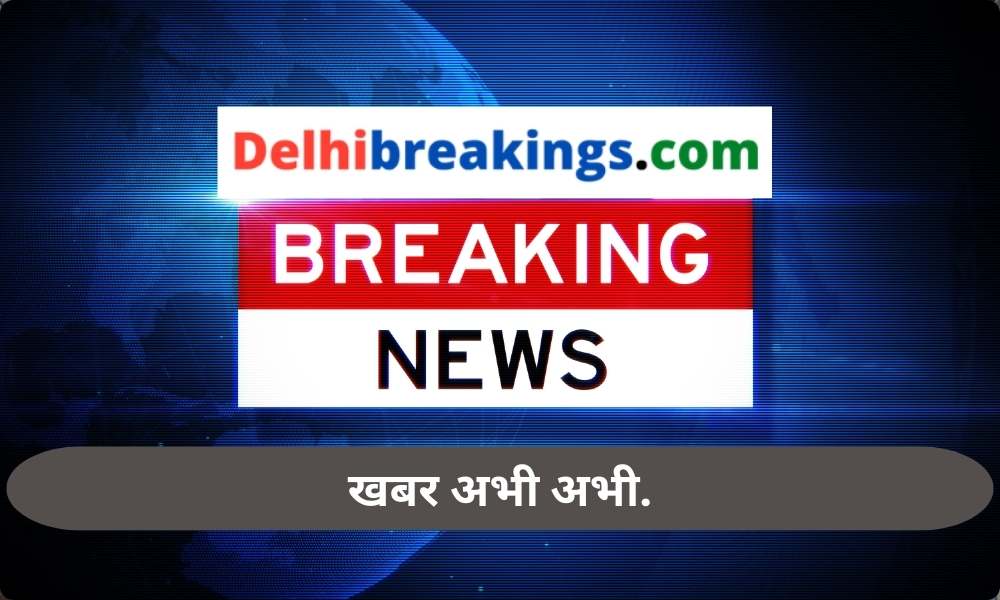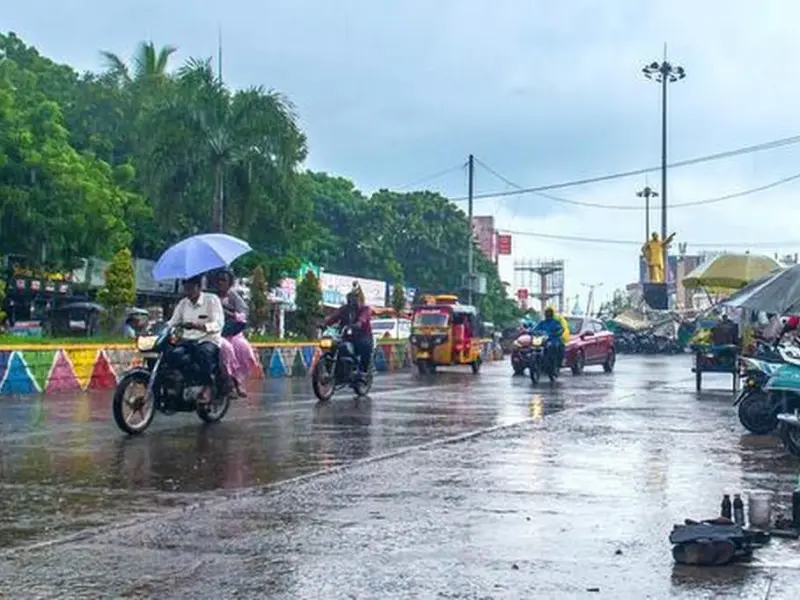Noida is set to witness a groundbreaking development in its transportation infrastructure with the creation of Uttar Pradesh’s first track where both metro and rapid rail will operate concurrently.
The finalized route will feature a three-coach metro and an eight-coach rapid rail extending from Ghaziabad to the Noida Airport. While the Noida Metro Rail Corporation has also developed a route for the Greno West metro, pending governmental approval, the spotlight remains on this dual-mode track.
Unique Blend of Metro and Rapid Rail
The integration of metro and rapid rail on the same track is a pioneering initiative. The designed viaduct will accommodate both, supporting a weight of approximately 42 tons per metro coach and about 60 tons per rapid rail coach. This setup aims to benefit around 600,000 commuters, facilitating a seamless connection from Ghaziabad, through Greno West, to Noida Airport.
Speed and Efficiency
A notable difference will be observed in the speeds of the two rail systems. The Regional Rapid Transit System (RRTS) is expected to reach speeds between 140 to 160 km/h, whereas the metro’s top speed will be around 120 km/h. The Aqua Line metro currently operational in Noida caps at a maximum of 80 km/h, typically cruising at 45 to 50 km/h.
Station Construction and Costs
The proposed rapid rail line boasts 25 stations, with an estimated cost of INR 40 crores per station, summing up to a total of INR 1000 crores. The plan includes 11 stations for the rapid rail and 14 for the metro, all sharing a single track.
This innovative track is projected to span 72.2 kilometers, elevated throughout, with an ambitious completion target set for 2031. The estimated construction cost is INR 16,189 crores, funded by contributions from the central government (20%), state government (50%), and NIAL (30%), under the supervision of the NCRTC.
Proposed Stations and Future Connectivity
The rapid rail will halt at 11 strategically located stations, connecting key areas from Ghaziabad to Noida Airport. The metro route includes stations from Siddharth Vihar to Ecotech-1E, extending the connectivity across the region. Passengers wishing to travel beyond the metro’s terminus will have to switch to the rapid rail





